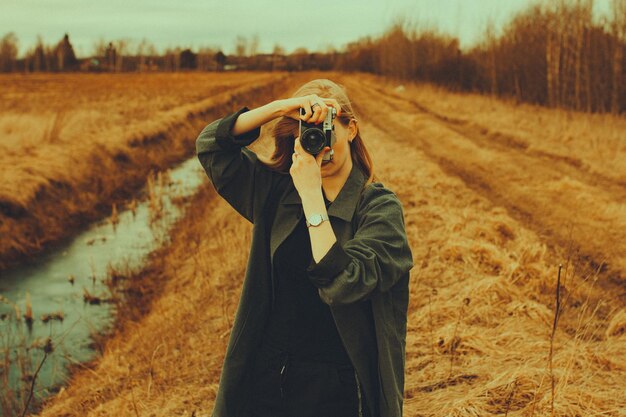Photography is more than just a hobby or a profession—it is an art form that allows us to freeze a moment in time, preserving memories, emotions, and stories for generations to come. It’s an intricate blend of creativity and technique, where an eye for beauty meets the skill to capture it. In this article, we’ll dive into the art and technique of photography and explore how photographers master the craft of capturing moments that matter.
The Art of Photography
At its core, photography is the ability to tell stories with images. It goes beyond simply pressing a button on a camera. The true art of photography lies in seeing the world from a unique perspective and interpreting it visually. Whether it’s the contrast of light and shadow, the symmetry of a landscape, or the raw emotion captured in a portrait, photographers must hone their eye for detail and their ability to frame moments.
The composition of a photograph is fundamental. It involves understanding the placement of elements within the frame—considering the rule of thirds, leading lines, and balance. Great photographers know how to guide the viewer’s attention and evoke emotion with a single image. The colors, textures, and patterns play a vital role in conveying the message, turning a simple snapshot into a work of art.
The Technique of Photography
While the artistic side of photography focuses on creativity and expression, the technical side requires knowledge and mastery of tools and equipment. Understanding how to work with your camera settings—such as aperture, shutter speed, and ISO—can dramatically affect the quality and feel of a photograph.
- Aperture: This controls the depth of field in your image. A wide aperture (lower f-stop number) results in a shallow depth of field, making the subject stand out against a blurred background, while a small aperture (higher f-stop number) keeps more of the scene in focus.
- Shutter Speed: The shutter speed controls the amount of time the camera’s sensor is exposed to light. A fast shutter speed captures crisp details in fast-moving subjects, while a slow shutter speed can create motion blur, which is ideal for capturing the flow of water or light trails.
- ISO: The ISO setting determines how sensitive the camera is to light. Higher ISO values are used in low-light situations, but they can introduce noise. A lower ISO gives a cleaner image but requires more light.
Mastering these techniques enables photographers to create images that are not only beautiful but also technically flawless.
Frequently Asked Questions (FAQs)
- What camera is best for beginners? A DSLR or mirrorless camera with manual settings is a great choice for beginners. Look for one with good image quality and interchangeable lenses.
- How can I improve my photography skills? Practice regularly, study the work of great photographers, and experiment with different settings and compositions.
- What is the best lighting for outdoor photography? The golden hour (early morning or late afternoon) provides soft, warm light that enhances outdoor photos. Overcast days can also offer diffused lighting that reduces harsh shadows.
- What is the difference between RAW and JPEG files? RAW files contain unprocessed data, offering more flexibility in post-editing, while JPEG files are compressed and ready to use but offer less editing freedom.
- How important is editing in photography? Editing is an essential part of photography, allowing you to enhance the colors, adjust lighting, and refine your images to match your artistic vision.
- How do I photograph fast-moving subjects? Use a fast shutter speed, adjust your aperture for enough light, and consider continuous focus modes to track movement.
- Can I take professional photos with a smartphone? Yes, smartphones have advanced cameras, and with the right technique, editing, and use of apps, you can achieve professional-level results.
Conclusion
Photography is a powerful form of artistic expression that combines both technical knowledge and creative vision. Whether you are capturing landscapes, portraits, or fleeting moments, the key is to develop a strong understanding of both the art and the techniques behind photography. With practice, attention to detail, and a passion for storytelling, anyone can master the art of photography.
Key Takeaways:
- Photography is both an art and a science, requiring creativity and technical skill.
- Mastering camera settings (aperture, shutter speed, ISO) is crucial to achieving high-quality images.
- The best photographers have an eye for composition and lighting, which can transform a good photo into a great one.

